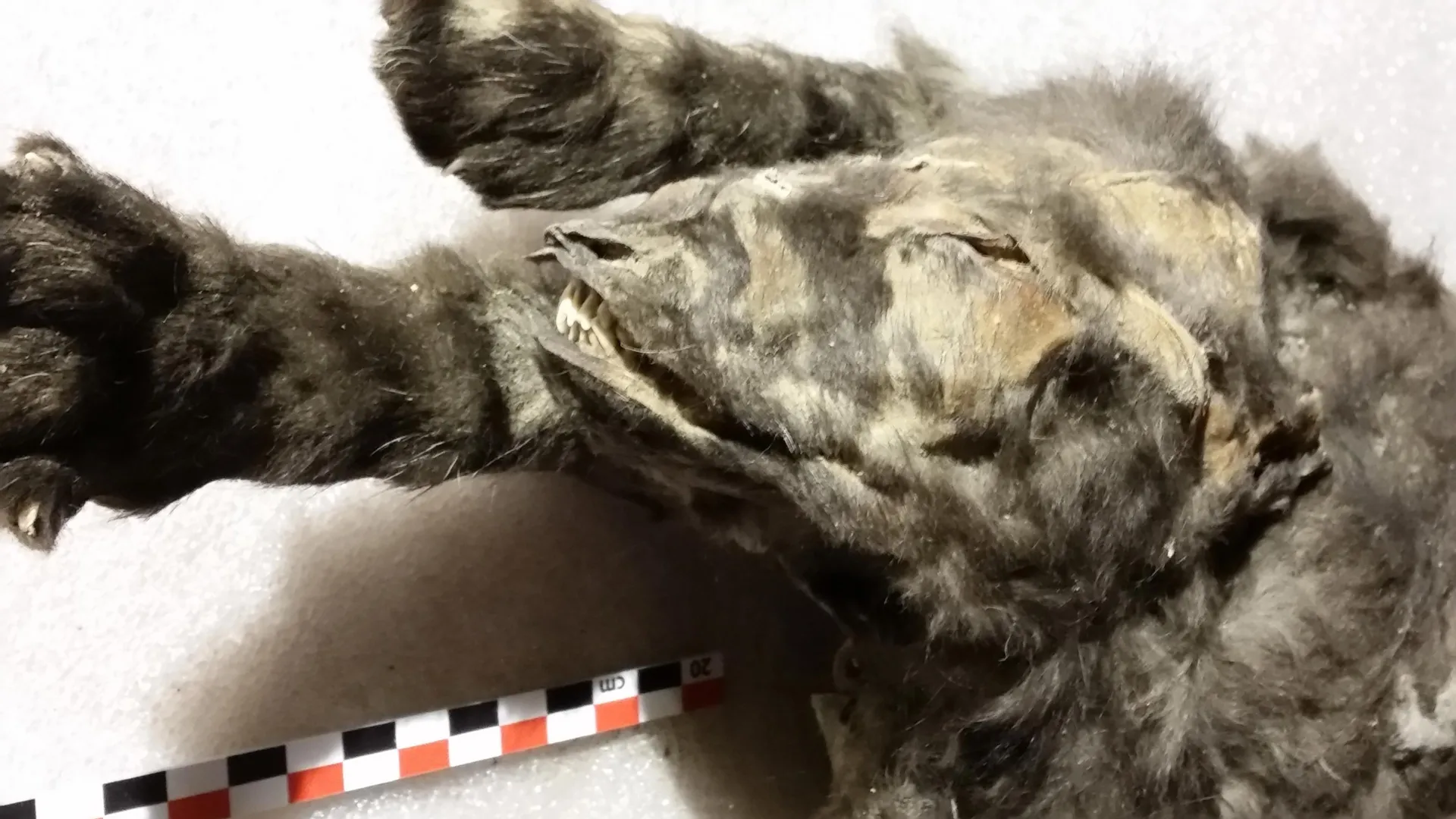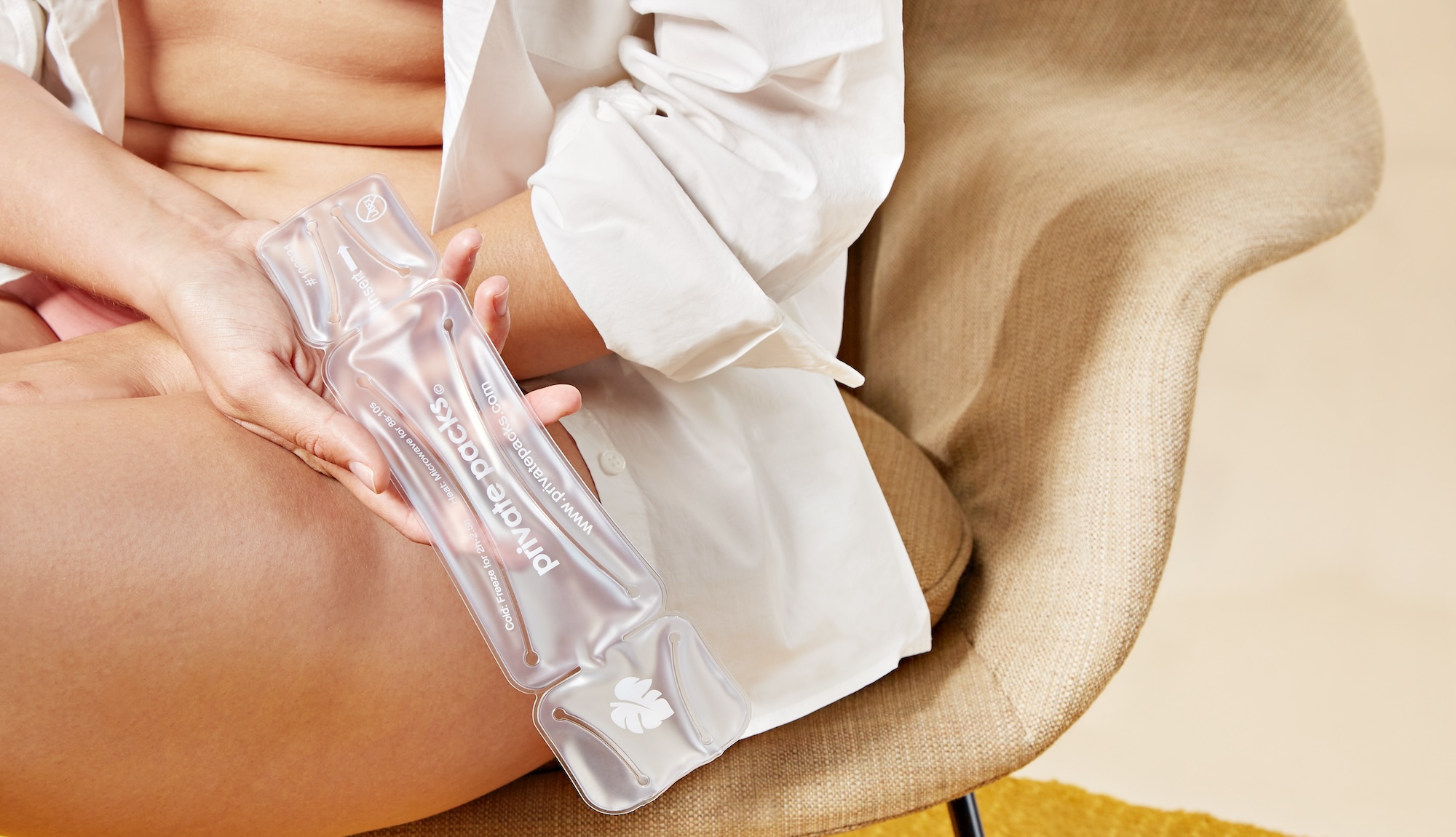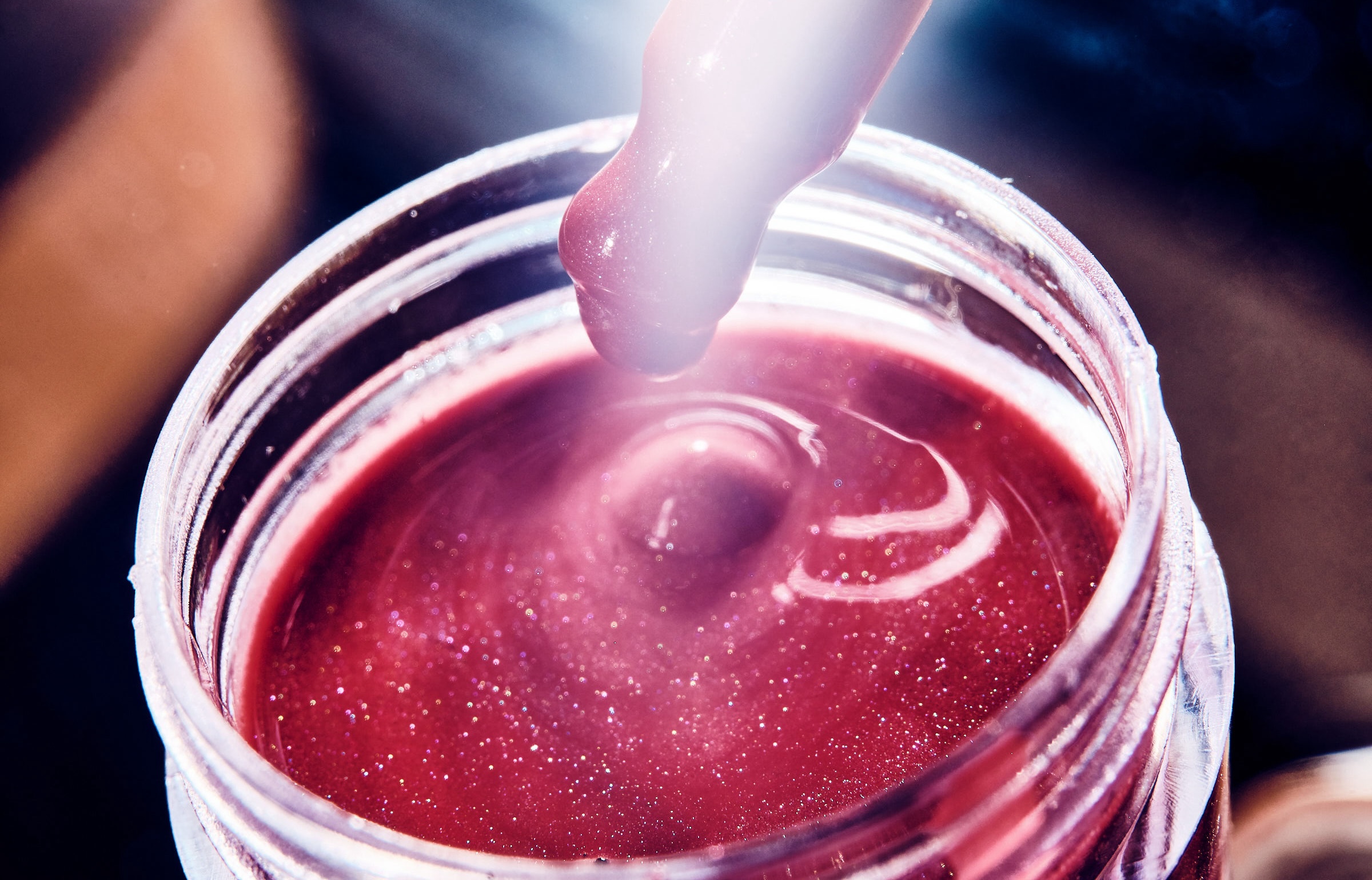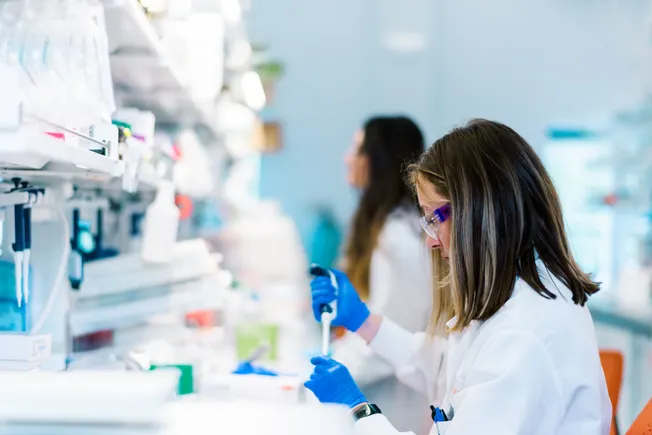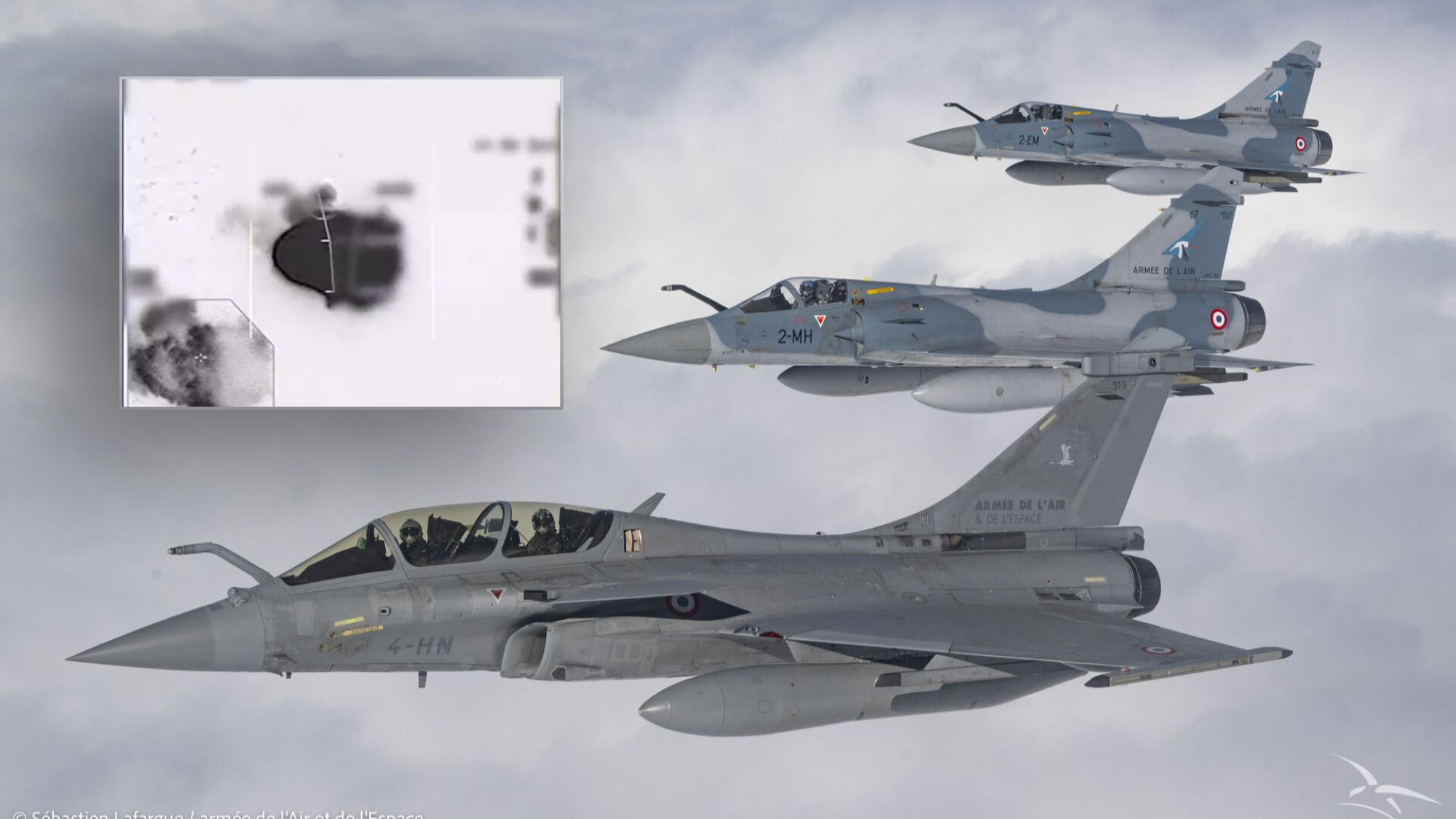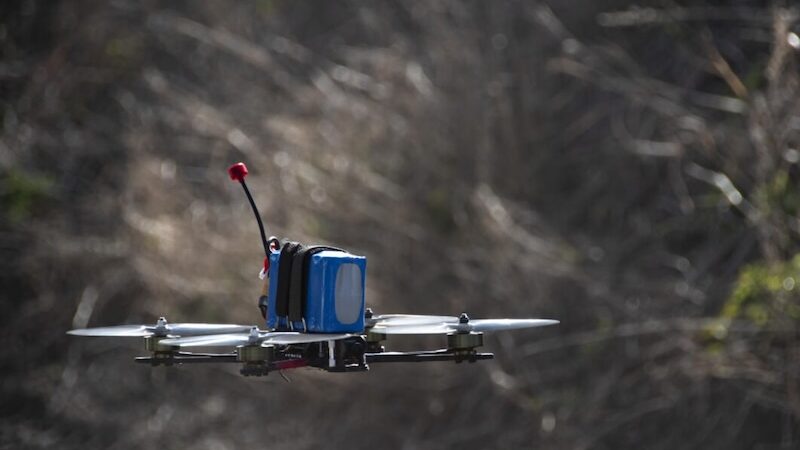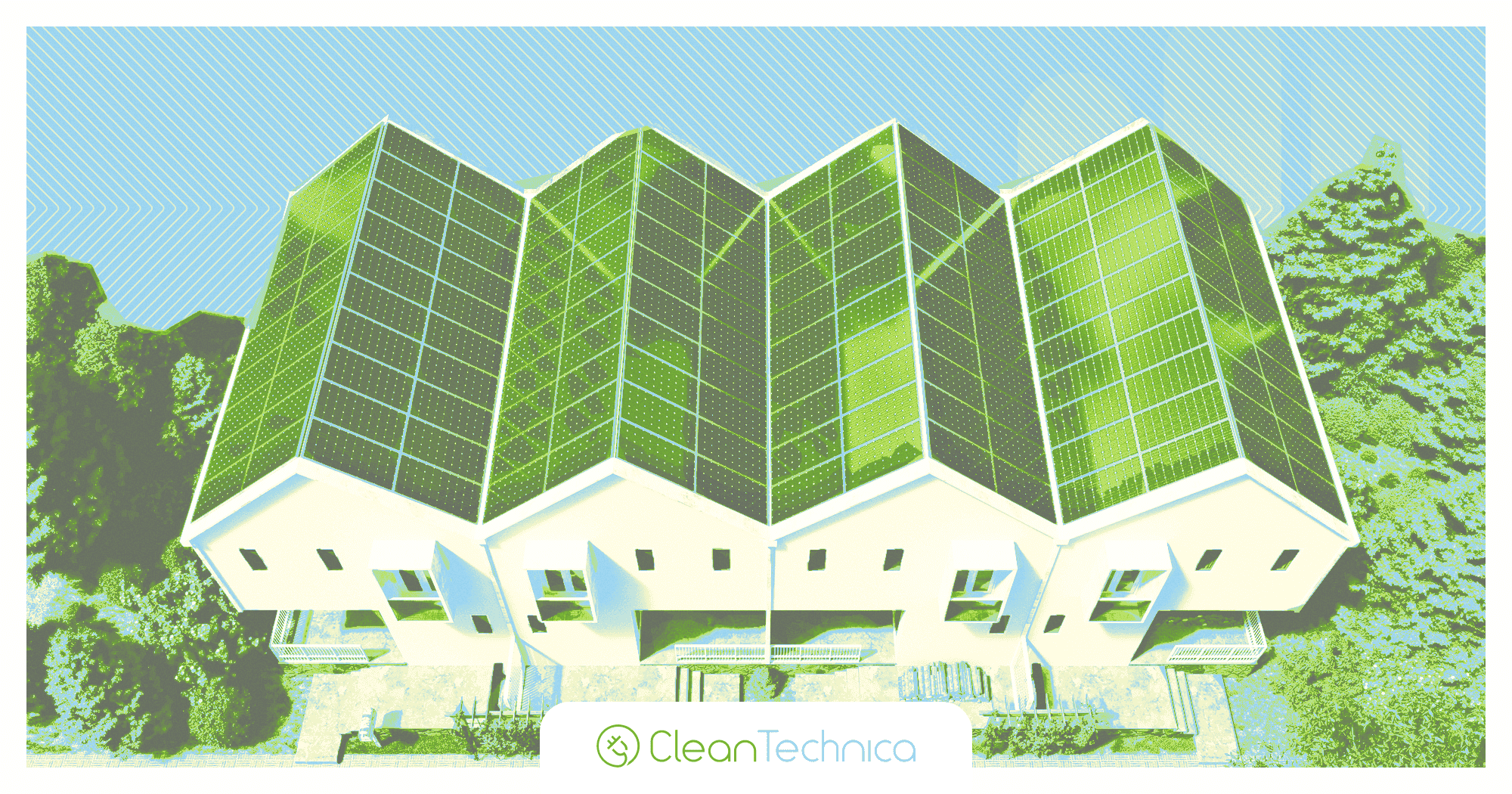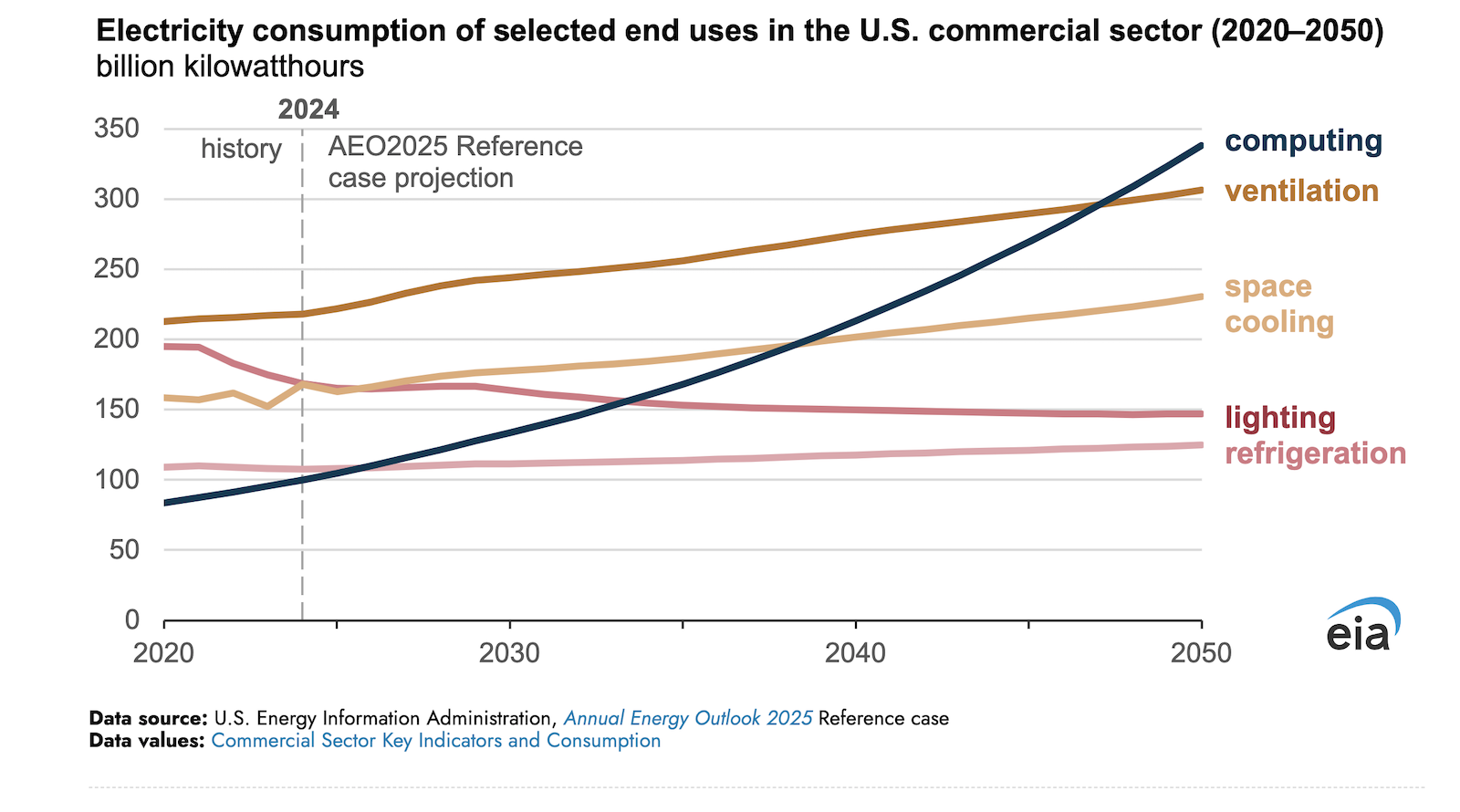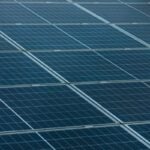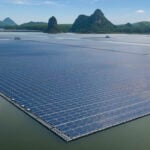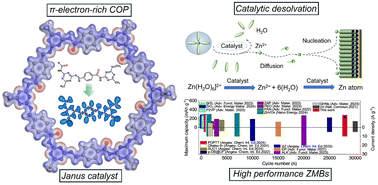Tri‐Layered Bioactive Cutaneous Scaffold with Integrated Bioactive Metal Organic Frameworks to Promote Full‐Thickness Infected Diabetic Wound Healing: Multifaceted Therapeutic Strategies
Advanced Healthcare Materials, Volume 14, Issue 15, 10 June, 2025.

The limitations of existing clinical treatments highlight the need for a more comprehensive strategy for addressing infected diabetic wounds. A tri-layered scaffold is developed to deliver therapeutics loaded in CuBDC and ZIF-8 MOFs that are tailored to the requirements of deep-infected diabetic wounds. A potential to create a paradigm shift in the treatment of chronic wounds is presented.
Abstract
Chronic infected diabetic wounds are complex and often lead to severe clinical outcomes such as sepsis, gangrene, and amputation. To address these challenges, herein we developed a novel tri-layered scaffold to provide multi-functional therapeutic support. The bottom poly (lactic-co-glycolic acid) (PLGA) fibrous layer contains doxycycline loaded CuBDC nanosheets for rapid antibacterial action. The porous PLGA/gelatin middle layer offers mechanical support and γ-tocotrienol loaded ZIF-8 nanocrystals mitigates oxidative stress in the wound. The PLGA top sealing fibrous layer delivers insulin and Transforming growth factor beta (TGF-β1) from Zeolitic Imidazolate Framework-8 (ZIF-8) nanocrystals to promote epithelialization and modulate inflammation. Comprehensive in vitro and in vivo evaluations demonstrated that the scaffold effectively filled deep wounds, reduced bacterial load, controlled inflammation, and accelerated the tissue regeneration. Histopathological analyses showed enhanced epithelialization and partial granulation tissue remodeling. Biochemical assays indicated an increase in glutathione peroxidase (GPx) activity and a reduction in lipid peroxidation. Gene expression analysis revealed decreased levels of the pro-inflammatory TNF-α and increased levels of the anti-inflammatory IL-10, facilitating the transition to the proliferative phase. This multi-layered composite scaffold, with its antimicrobial, antioxidant, and anti-inflammatory activities, controlled release capabilities, presents a promising solution the healing process of deep, infected diabetic wounds.
